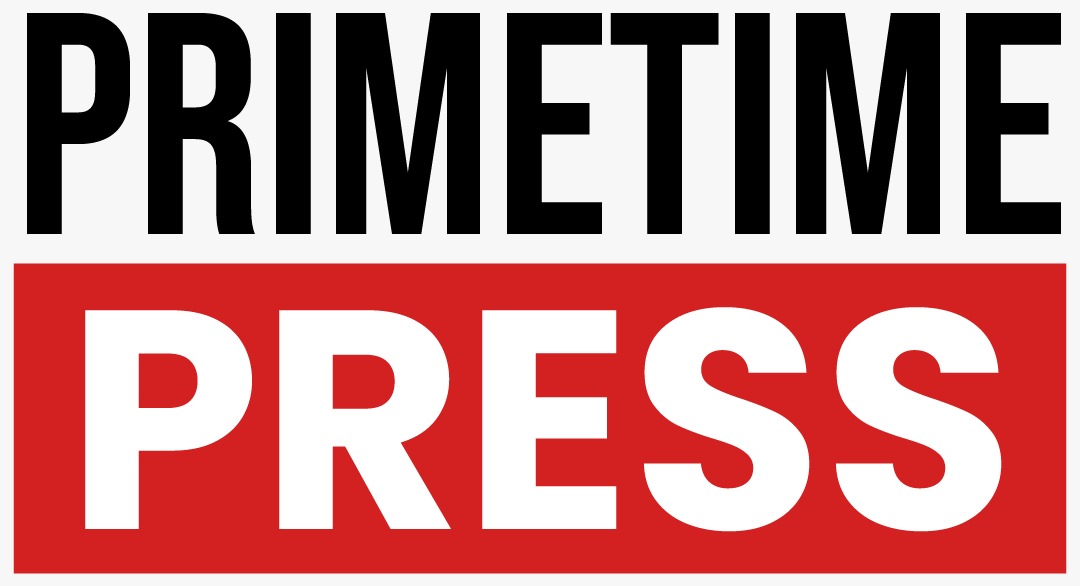OpenAI’s Transition to a Nonprofit Structure: Key Insights
OpenAI is set to implement a new operational model by establishing a nonprofit entity that will hold a substantial stake in its public benefit corporation (PBC). This strategy aims to enhance the resources available for furthering its mission to serve humanity through advanced AI technologies. According to OpenAI’s official announcement, “The nonprofit will control and also be a large shareholder of the PBC, giving the nonprofit better resources to support many benefits.”
Regulatory Oversight and Compliance
Delaware Attorney General Kathy Jennings expressed optimism regarding OpenAI’s new model, indicating that the nonprofit’s control aligns with her department’s oversight objectives. Jennings stated, “Now that the company has a new plan, I intend to review it for compliance with Delaware law by ensuring that it accords with OpenAI’s charitable purpose and that the nonprofit entity retains appropriate control over the for-profit entity.”
Meanwhile, representatives from the California attorney general’s office are also assessing OpenAI’s updated structure. Elissa Perez, a spokesperson, confirmed that they are reviewing the new plan as well.
Criticism from Advocacy Groups
Despite the positive regulatory feedback, some advocacy groups, like Public Citizen, have expressed skepticism about OpenAI’s approach. Robert Weissman, co-president of the organization, criticized the absence of concrete restrictions to ensure that the for-profit arm adheres to its stated mission of benefiting humanity. “This leaves us where we are, which is with a nonprofit purportedly controlling a for-profit but exercising no visible restraint on the for-profit,” Weissman noted.
Financial Implications of the New Structure
The plans also include provisions for the nonprofit to hold shares in the PBC. Following a recent funding round that valued OpenAI at approximately $300 billion, these shares could potentially offer substantial financial resources to the nonprofit. California philanthropic advocates have called for a “fair value” assessment of shares received by the nonprofit, emphasizing the necessity for independence from commercial interests to preserve philanthropic integrity.
Governance Changes and Future Outlook
OpenAI spokesperson Steve Sharpe highlighted the governance changes, stating that the nonprofit will have the authority to appoint and remove board members from the PBC. He mentioned, “Moving to a [public-benefit corporation] will remove the capped-profit structure. The PBC will have a conventional capital structure that lets employees, investors, and the nonprofit hold equity directly.”
OpenAI’s CEO, Sam Altman, reinforced the company’s unique mission in an email to employees, emphasizing that “OpenAI is not a normal company and never will be.”
Conclusion
As OpenAI transitions to this new framework, the effectiveness of its nonprofit’s governance and financial structure remains a subject of scrutiny. The evolution in OpenAI’s operational model raises important questions about the balance between profit-making and philanthropic goals in artificial intelligence.
Update 5/5/25 7:35 ET: This article has been revised to include additional comments from OpenAI and the California attorney general’s office.

